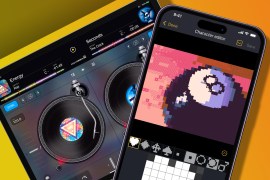How to map out ideas on any device
If you’ve got thoughts in your brain that need turning into a business plan, a piece of art or a bestseller, Stuff can help you get them out – and make sense of them
When brainstorming, it’s a good idea to stash everything. You never know when even tangential thoughts might become crucial. But going in
without a plan means chaos, so organise ideas in a way that makes sense to you – and makes for ease of retrieval later, whether that means basic headings/lists, tags, folders or another system.
A quick bullet-point list, before ideas escape your brain, is a solid starting point. But even the largest phone’s display makes for a miserable experience when navigating complex ideas with many moving parts. Have a tablet or computer to hand when you need a more global view, rather than spending hours frantically scrolling.
Prize flexibility
When collaborating, you’ll need systems everyone can access and get to grips with. But even if you’re smashing out ideas alone, look to online systems – or at least those with cloud sync – so you can switch devices and pick up where you left off. You might also find different apps and
systems are better for specific project types. Don’t assume one size fits all.
Keep data safe
You might like exploring ideas with other people in Slack… but those messages will lock after 90 days unless you pay. Even with services where you’re promised indefinite access, make time-stamped backups of documents you’ve spent hours mapping out and tweaking – just in case.
Avoid lock-in
It’s no good spending days making an amazing outline doc or mind map if the app you use only grudgingly lets you export a flat jpeg – or nothing. So before investing time and money, throw in dummy text and images then check if you can output what you need.
Freeform desire
If you and your team are all Apple users, try Freeform. It nets you online brainstorming with sketching, a shapes library and PDF support… and it’s free.
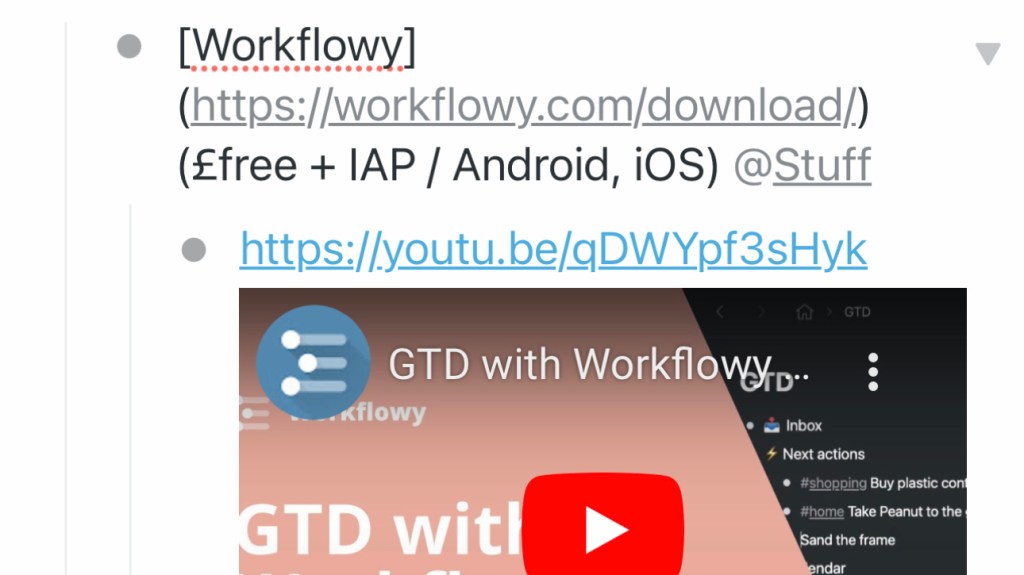
Go with the flowy
Bullet it out
Workflowy (Free / Android, iOS) is good for quickly noting down structured outlines for everything from scripts to tasks. Start with bullets, use the keyboard row to promote or demote lines, and tap-hold
and drag to reorder items.
Take things further
Treat Workflowy for mobile as one big doc and use @tags and links to build relationships between items. You can swipe across any item for advanced options, use the three vertical dots to access boards view, and export in a web browser using the app’s desktop mode.
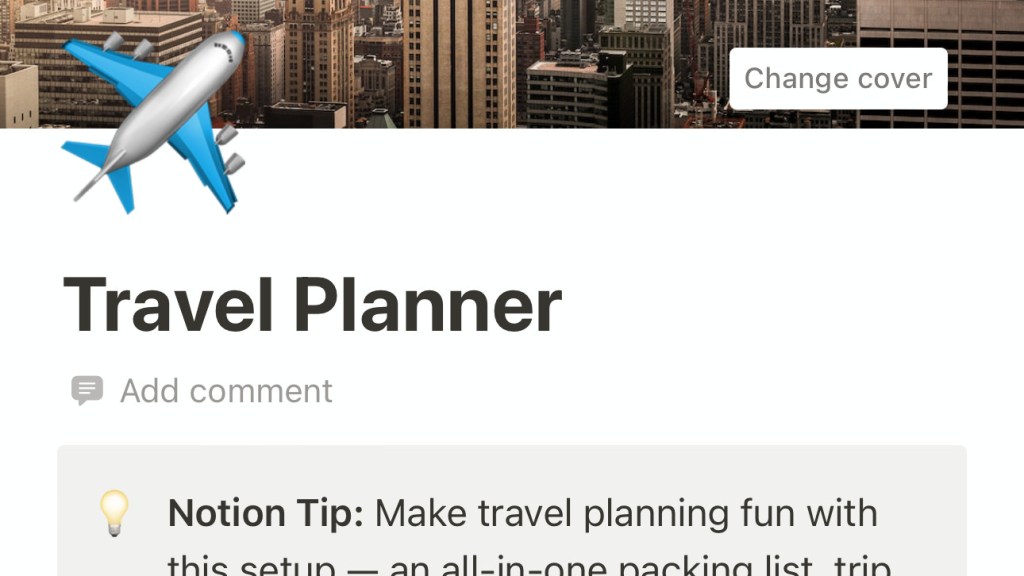
Use templates
Add blocks
Notion (free + IAP / Android, iOS) can be a handy outliner, but it’s better for more formatted documents. Use ‘+’ and add blocks that align with your intent. Add links
as bookmarks or embedded scrollable web pages; tap-hold and drag to rearrange items.
Try a readymade
When you first create a new Notion document, choose a template from the keyboard row to kick things off with a more tailored and structured outline. Options exist for everything from reading lists to product management.
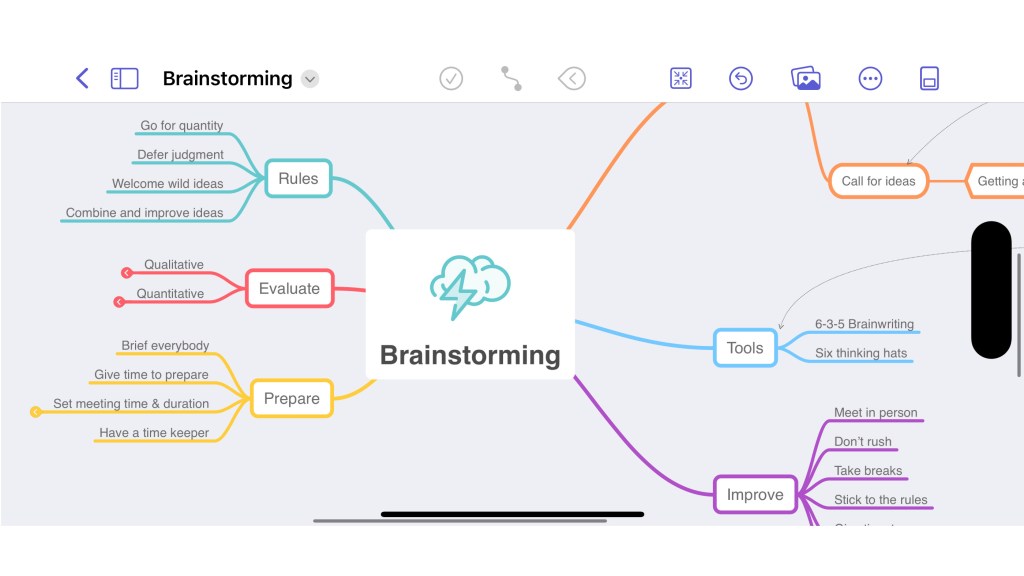
Map out your mind
Lay it out
In its free form, MindNode (free + IAP / iOS) gives you basic mind-mapping. Add nodes and reorder them with tap-hold and drag; use the Fold feature to contract a node’s ‘children’; export to PDF, text and more.
Dig deeper
The paid version has tools to speed things up. Use Quick Entry to make an outline you explode to a mind map with a tap; edit your mind map using outline view; and try Focus to concentrate on specific parts of your document.
Try the Android option
Android owners should try Mindly (free + IAP). Its usable interface has nodes and children that resemble planets and moons. You can add 100 elements across three docs; a single IAP removes this limit.
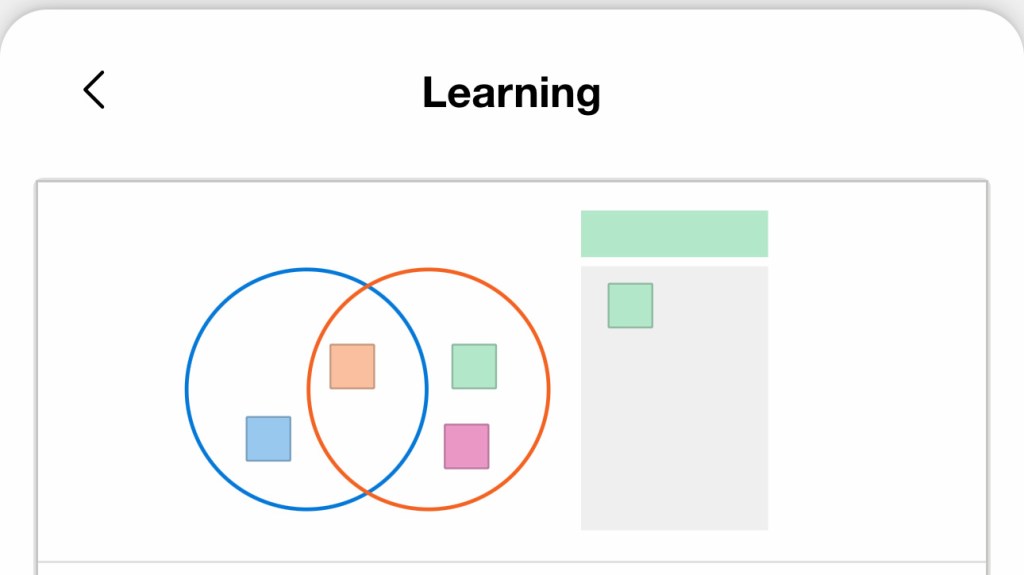
Use a whiteboard
A freebie on Android and iOS, Microsoft Whiteboard gives you a blank canvas to work with – as soon as you tap ‘+’ and choose a content type. Ink is for drawing… and using a lasso to later select multiple items to move.
Expand your scope
If you prefer more structured scribbles, use the other tools to add shapes, images, sticky notes, text and reactions. Templates can further speed things along. Export is basic, but you can share a link and collaborate with anyone who has a free Microsoft account.

Inspiration gatherers
Otter
If ideas come to you at moments when you can’t stop and type them up, dictate them. But rather than using a voice memo app, try Otter, which offers 300mins of real-time transcription per month. Pay and you can increase that limit, or import existing audio. Free (IAP) / Android, iOS
Concepts
We’ve mentioned Apple’s Freeform and Microsoft’s Whiteboard, but Concepts is a less rigid app – an endless canvas on which to scribble. You can add shapes and text blocks, but this one’s at its best when you’re armed with a stylus. Free (IAP) / Android, iOS
Obsidian
Ideas don’t always have structure – at least, not at first. If your creative process mostly involves getting loads of text down and sorting it out later, Obsidian might be a good match with its tags-orientated ‘stash all the words’ approach. Free / Android, iOS


